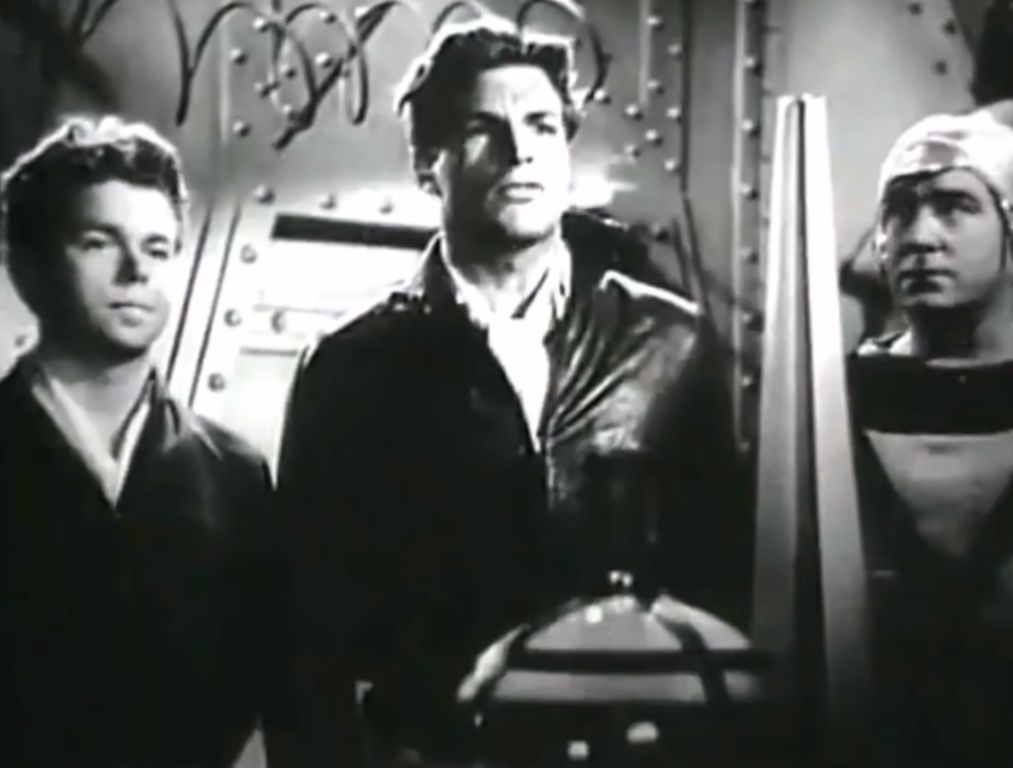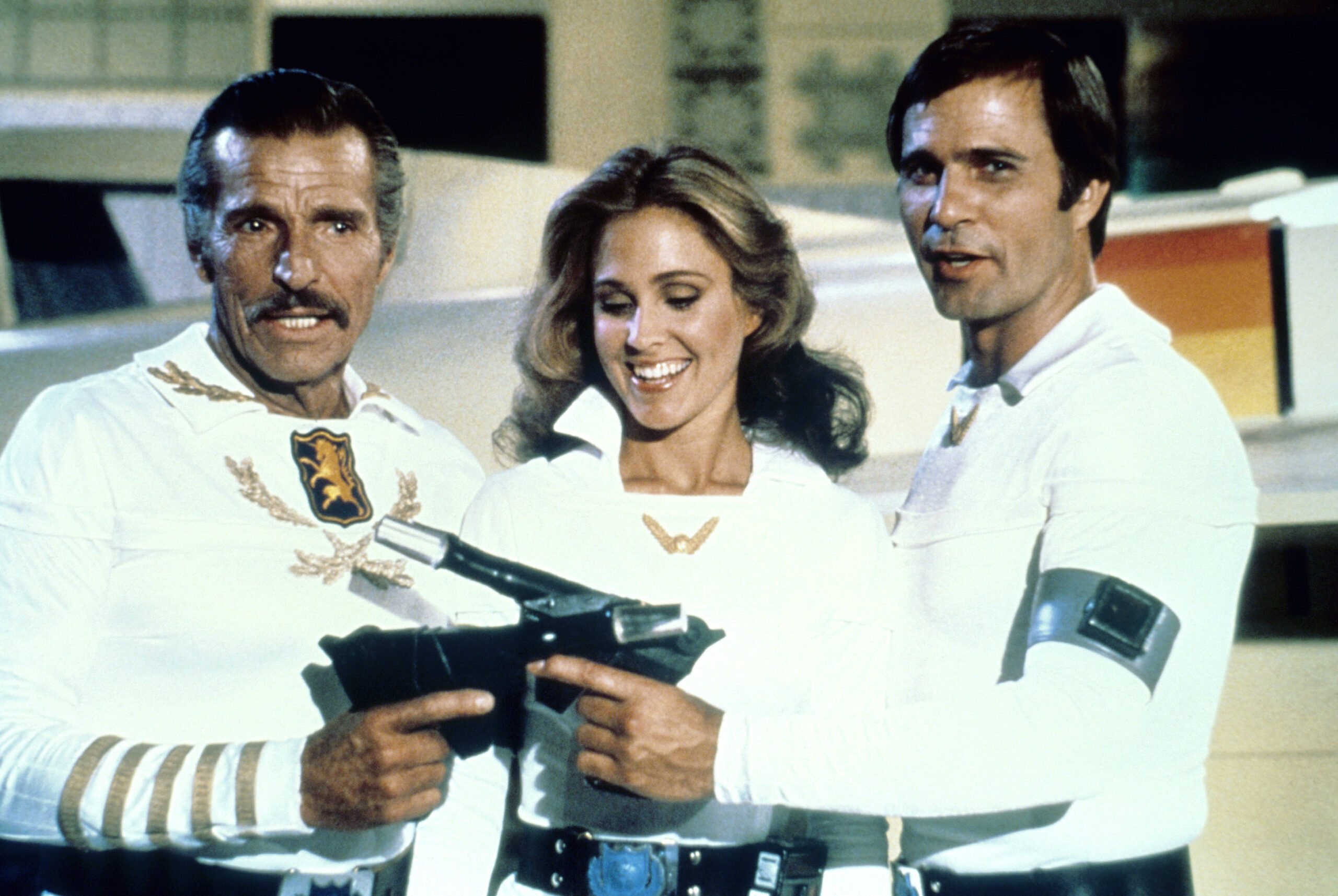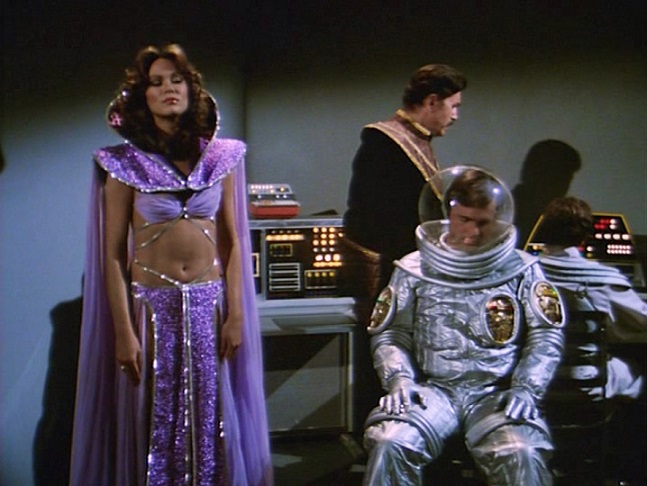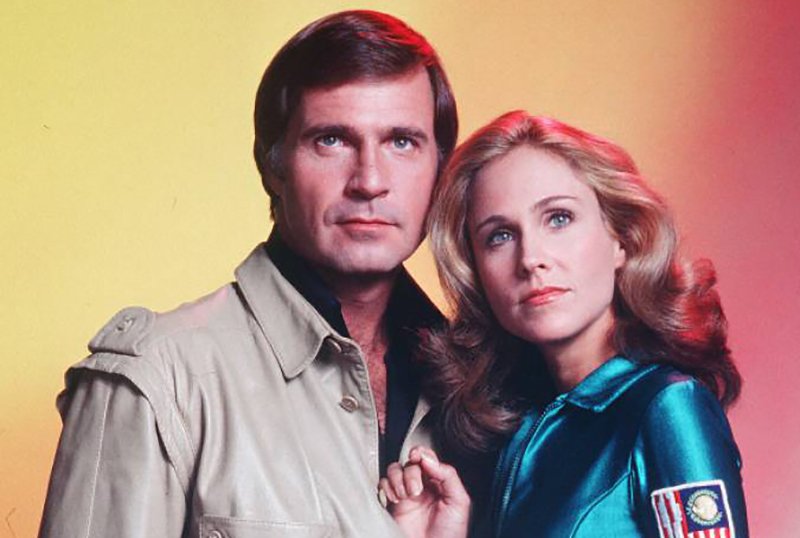Buck Rogers was born in the late 1800s and grew up fighting in the First World War. He did, however, join the American Radioactive Gas Corporation after the war ended. When they arrived at the mine, it regrettably caved in, but Rogers survived. Instead, the gas knocked him out and put him in a coma. Rogers awoke nearly 500 years later, in 2419 AD, in the midst of another world war in America.
Buck Rogers was developed by Philip Francis Nowlan and originally appeared in a pulp magazine called ‘Amazing Stories’ in 1928. Rogers was a part of American pop culture, appearing in comic strips, movies, radio, and television. Buck Rogers sped past the cowboys, who were the contemporary heroes of America’s youth when he made his entrance. Suddenly, American teenagers were enthralled by spaceships and exotic ray guns.
Although cowboy heroes persisted for a few more decades, Buck Rogers and his imitators, such as Flash Gordon, gave them a run for their money. Eventually, the heroes from beyond the stars triumphed in the public popularity contest, and cowboy heroes faded away.
However, in films like Toy Story and Buzz Lightyear, we saw a combination of these two very different kinds of characters. Buck Rogers was also a major inspiration for George Lucas and his epic opus ‘Star Wars.’ Lucas was so moved by Buck Rogers’ imitator Flash Gordon that he attempted to acquire the rights to the show before making Star Wars.
Many aesthetic aspects, like Star Wars posters, the femme fatale Leila, the imagery, and the dogfighting spaceships, evoke Buck Rogers’ pulp adventures. In this video, we will take a closer look at the origins, exploits, and voyage of Buck Rogers, the eponymous spaceman.
Buck Rogers started out as a newspaper comic strip, radio series

In the original story, the spaceman protagonist Buck Rogers was a pilot of the American Air Force. However, he went into a deep slumber for five centuries and woke up to discover that Mongol forces had taken over his country. America was left in ruins, and Buck wouldn’t have it anymore.
He collaborated with others like Wilma Deering and his mentor and scientist named Dr. Huer. Together they would successfully defeat the Mongol invaders and free America. Buck and Wilma would also get a sidekick in a former Martian space pirate named Black Barney. As for their enemies, The Tiger Men of Mars, Ardala Valmar, and Killer Kane would serve as recurring villains.
It was Philip Francis Nowlan who created the character of Buck Rogers in his novella titled ‘Armageddon 2419 AD’. The pulp magazine ‘Amazing Stories’ published him for the first time in 1928, and a year later, Buck Rogers appeared in a syndicated comic strip. By 1932, there were radio adaptations of Buck Rogers and the related stories.
Buck became so popular and lucrative that several other newspaper syndicates created their own superheroes and science fiction strips. For instance, King Features Syndicate brought out ‘Flash Gordon’ in 1934, and United Feature Syndicate brought out ‘John Carter of Mars’ in 1941. So, Buck Rogers was the pioneer who made space opera a household concept. Space exploration as a source of entertainment came to be loved by the young and old alike. Chronologically speaking, Buck Rogers traveled to outer space for the first time on January 22nd, 1930, in the story titled ‘Tiger Men from Mars’.
This coincided with the real-world development in the field of space technology when Americans started to explore outer space. Having said that, the strips used old-fashioned and rudimentary methods of printing despite being based on high-end and ultra-modern, futuristic technology.
They were mostly printed on Strathmore Paper using India Ink, while a few strips were hand-colored and hand-drawn. Although Buck Rogers was one of the first progenitors of many superheroes and space operas, he lived a relatively short life. By 1958, artists were quitting due to the acrimonious relationship between the artists and syndicates.
Naturally, the final original comic strip was published in the year 1967. In total, he appeared in 28 newspapers. More than a decade later, the New York Times Syndicate revived him in 1979. As far as radio is considered, Buck Rogers’s stories were the first sci-fi radio program, airing as early as 1932.
Comic books

Interestingly enough, comic books before 1933 were not the comic books as we know them today. Prior to 1933, if an artist wished to get into the business, they had to print their work in newspapers. However, the Eastern Color Printing Company’s sales manager Harry I. Wildenberg and salesperson Maxwell Gaines realized that colored pages of comics strips were bringing in more sales of the newspapers.
They could be used to advertise and promote other products. According to rumors, Wildenberg realized that one sheet of a newspaper could be cut into 16 pages. So, he contacted McNaught and McClure Syndicate for permission to print their popular strips and release them as comic books. They also contacted P&G with the proposal that consumers would clip coupons of P&G products and mail them to their office in exchange for comic books in the mail.
The idea became a success, and ‘comic books were born. Soon, Buck Rogers comic strips were assembled and reprinted in this novel format. Dynamite Entertainment published Buck Rogers Comics in 2009. Five years later, in 2014, Hermes Press produced Howard Chaykin’s ‘Buck Rogers Volume 1: Grievous Angels’.
Buck Rogers Origin Explained

Buck Rogers made his first appearance as Anthony Rogers. But Philip Francis Nowlan soon changed the name to William Rogers and gave him the monosyllabic nickname of Buck. It was easy to remember and reminded the contemporary folk that their new sci-fi hero was in a way similar to the then famous Western movie star Buck Jones.
Anyway, according to the first story titled ‘Armageddon 2419 A.D.’, Rogers was born in 1898 and fought in the first world war. After the war ended, he took up work at the American Radioactive Gas Corporation. While investigating an unusual phenomenon in the coal mines near Pennsylvania’s Wyoming Valley, he got trapped inside because of a cave-in in the deeper parts of the mine. He then gets exposed to a strange gas, and as the comic explained, he goes into Following this event, Rogers remained in a state of suspended animation for almost five centuries, only to wake up in the year 2419. Rogers initially thought that he had been asleep for just a few hours, but when he explored his vicinity, he discovered that things had changed drastically.
He then goes on to save a woman called Wilma Deering from goons in strange clothing. Wilma then takes him to her camp, where he meets others from her group. He soon learns that America has been taken over by Mongol invaders called the Hans. He then decides to side with Wilma and her clan, to help them remove the Mongol threat.
Live-action adaptations
Buck Rogers (movie-serial) 1939

The serial follows more or less the same story as the comic strip, albeit with a few key differences. In the story, Lieutenant Buck Rogers, played by Buster Crabbe, and Buddy Wade get caught in a severe storm while flying in the North Pole. An immediate rescue was not feasible, so as a last resort, they were asked to release the Nirvana Gas, which puts them in suspended animation.
However, in that state of suspended animation, they get buried under ice due to an avalanche and are found only after 500 years. By now, the world has been taken over by a ruthless dictator named Killer Kane.
However, Killer Kane is opposed by a benevolent scientist named Dr. Huer and his military man Air Marshal Kragg. Soon, Buck and Buddy volunteer to help Huer’s cause and join the resistance. They work alongside another member of the resistance, Wilma Deering.
The show featured the Olympic gold medalist Buster Crabbe in the titular role. He had also previously starred as Flash Gordon for one of Universal’s serials.
Buck Rogers 1950–1951 ABC television series

This was the first series to air on television, and only one episode from the series survives today. Because of its minuscule budget, most of the series takes place in a secret lab. This became one of the most striking contributing factors behind its low popularity.
Although the show remained true to Nowlan’s work, it didn’t have much to offer. Furthermore, three different actors played the titular character, and two actresses played Wilma Deering. But as fate would have it, Buck Rogers was beaten left-right, and center by his imitator Flash Gordon.
‘Buck Rogers in the 25th Century’ (film) 1979

The story starts in 1987 with Buck Rogers flying a spacecraft. Nevertheless, he gets caught in an inexplicable space phenomenon and lies frozen for more than 500 years. He wakes up in the year 2491 when his spacecraft is found by an alien flagship named Draconia. This ship was on its way to Earth because Princess Ardala and her human commander Kane were supposed to attend a trade conference. The two of them revive Rogers from his long slumber, and it seems that Ardala is romantically attracted to Buck. However, Kane sends Buck back to his ship so that he can return to Earth. Buck leaves for Earth and Colonel Wilma Deering of Earth’s military escorts him through the defense shield.
It turns out that the Draconians were planning to invade Earth by having human ships attacked mid-space by pirates. They expected the inhabitants of the Earth to seek help from Draconians and open their defenses to them. Buck learns that in the years that he was gone, the world had fallen victim to a nuclear holocaust. Only the city of New Chicago remained populated; the rest of the planet had become a post-apocalyptic desolate land. On Earth, Buck also meets Dr. Huer, who leads Earth’s defenses. Buck smells something fishy and finds out that his suspicions about the intentions of Draconians were not for nothing.
‘Buck Rogers in the 25th Century’ (TV series)

The feature film was initially supposed to serve as a pilot to the series, but they gave it a theatrical release instead. Naturally, the series follows a plot similar to the film. Developed by Leslie Stevens and Glen A. Larson, the show went on between 1979 and 1981 and had 32 episodes. It had a few changes from the film, like the removal of words like shit and ballsy, so that the show could be apt for all audiences.
Since it was a science fiction space opera, even children would have been interested in watching it. Unsurprisingly, the tone of the series was kept relatively lighter than that of the film. Interestingly enough, the opening title sequences of the show included footage from the launch of missions like Apollo 6 and Apollo 4. Furthermore, to portray the futuristic buildings of the 25th Century, they used the footage of British and French pavilions from Expo 67.
Apart from these, there were other live-action adaptations based on Buck Rogers. In 1953, Goodwill Pictures turned the Buck Rogers serial into a full-length feature film and titled it ‘Planet Outlaws’. Once again in 1966, the recut version was released as a television film titled ‘Destination Saturn’. And yet again in 1977, they released a third feature film with the title ‘Buck Rogers’. Regrettably, this was nothing more than edited footage.
Future of the Franchise

From what we know, the Dille Family Trust are the current owners of the right to the character of Buck Rogers. However, others claim that the rights have outlived copyright protection and moved into the public domain. Later, Don Murphy filed a suit against the family lawyers of the Dille Family Trust, because they planned to claim the rights of a film that Don Murphy had planned to make based on ‘Armageddon 2419 AD’.
However, in 2017 the Dille Family Trust filed a suit for bankruptcy relief. The court dismissed the case on the grounds that the Dille Family Trust had abused legal procedures, ignored court directives, mishandled IPR rights, etc. According to the latest news, the case was settled out of court in 2020.
In December 2020, there was news about the development of a new Buck Rogers TV series. In January 2021, Smokehouse Pictures revealed that the series would star George Clooney. As it turns out, he is a co-founder of Smokehouse Pictures.
So, George Clooney would be heading to space once again after the 2013 film ‘Gravity’ with the new Buck Rogers sci-fi series. Furthermore, Clooney would be an executive producer to the series. Flint Dille, the grandson of Buck Rogers’s original publisher, John F Dille, is also involved with the series.
